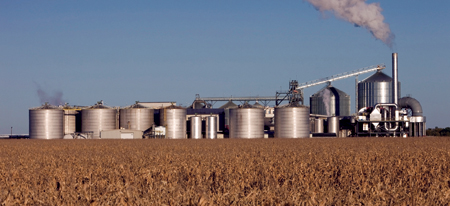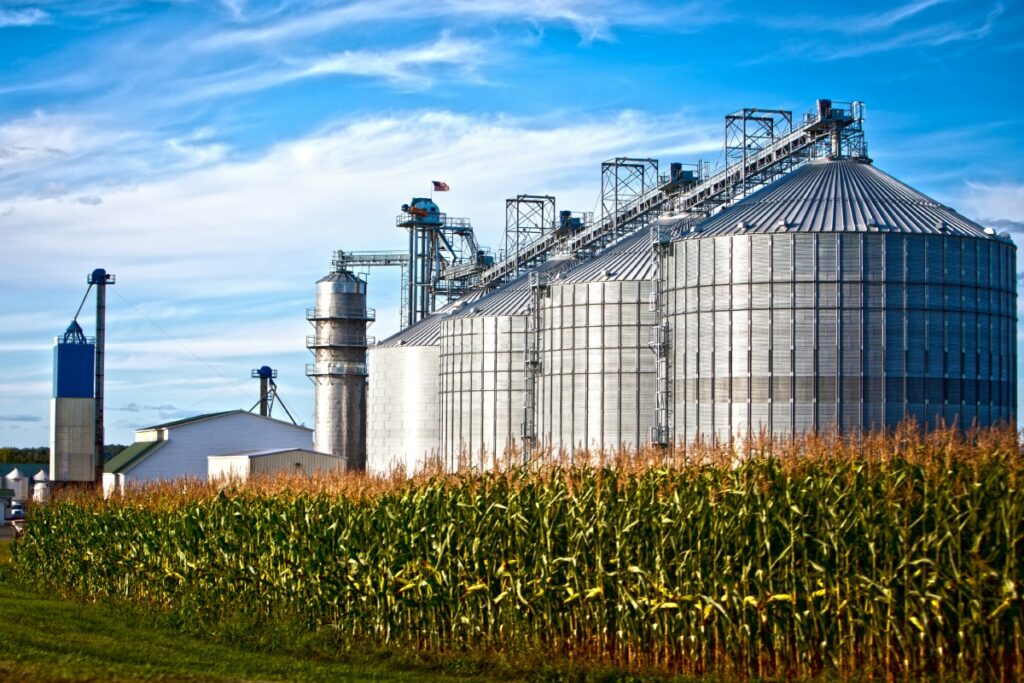
South America’s extensive agricultural grounds and climatic circumstances make it an ideal location for biofuel manufacturing. The availability of plant or animal waste allows for the manufacture of biofuels. This has an influence on both the environment and the economy. Biofuels undergo several procedures based on the type of biofuel used. They either ferment or transesterify. Brazil, Argentina, and Colombia, as large agricultural producers, have significant biofuel potential. This promotes energy security, economic prosperity, and environmental sustainability. Biofuels also draw investment and partnership from the business and private sectors. For example, Evonik, a specialty chemical manufacturer, plans to enhance sodium methylate output at its factory in Argentina. This will boost biodiesel productivity and lower production costs throughout the region.
South American biofuels
The region has different biofuels derived from a variety of feedstocks. Each South American country focuses on different types of biofuels. This is depending on their agricultural strengths and energy requirements. A spiral vibration damper is a device that helps to attenuate and cut the size of vibrations on conductors. The following are the primary types of biofuels in South America.

- Bioethanol – this is the most widely produced biofuel with Brazil being the global leader in ethanol production. It serves as a fuel for vehicles and can blend with gasoline to reduce carbon emissions. Bioethanol blends in proportions such as E10 (10%ethanol) and E85 (85% ethanol). Feedstocks for bioethanol include sugarcane and maize.
- Biodiesel – this is the second common biofuel in South America used as a substitute for diesel fuel. It is mainly produced from vegetable oils and animal fats. Other feedstocks include soybean oil, palm oil and animal fats. It blends with petroleum diesel with blends like 5% biodiesel and 20% biodiesel. It serves in transportation, agriculture and industry.
- Second-generation biofuels – these are biofuels produced from non-food feedstocks. This is including agricultural residues, waste materials and dedicated energy crops. These biofuels provide the benefit of being more sustainable and less reliant on food crops.
- Biogas – this is mainly produced through anaerobic digestion of organic materials. These materials include agricultural waste, manure and food waste. Biogas can serve in electricity generation, heating and transportation fuel in form of compressed natural gas.
- Bio-jet fuel – this is still in the early development in South America which aims to reduce the carbon footprint of the industry. Feedstocks for this biofuel includes Jatropha and Camelina.
Challenges with employing biofuels in South America
Biofuels have the potential for sustainable energy production, but they also confront some problems. Companies like Evonik and others should address these issues to ensure that biofuels contribute to the region’s energy mix. The spiral vibration damper consists of materials like aluminum-clad steel or a comparable alloy. Common issues include land use, environmental concerns, economic constraints, and technology barriers. They also face policy and regulatory obstacles, societal consequences, and global rivalry.
Advantages of Fuels in South America
The use of biofuels in South America has many advantages, including improved energy security, economic development, and environmental sustainability. The region might do this by utilizing its agricultural resources and investing in environmentally friendly techniques. Such efforts can help to expand the biofuel sector and contribute to a greener future for the region. The following are the advantages of employing biofuels in South America’s energy infrastructure.

- Energy security – biofuels provide an alternative to fossil fuels which helps reduce dependence on imported oil and gas. The integration can increase diversification and strengthens energy resilience to ensure a reliable energy supply.
- Economic growth and job creation – biofuel production can fuel growth in the agricultural sector. This is by creating demand for biofuel feedstocks like sugarcane, soybeans and maize. Biofuel industry generates employment opportunities across the supply chain. This is from farming and processing to distribution and retail. Brazil and Argentina are major exporters of biofuels which contributes to the region’s trade balance.
- Environmental sustainability – the fuels produce lower greenhouse emissions than traditional fossil fuels. Using biofuels in transportation can help South American countries to meet their climate goals under commitments like Paris Agreement.
- Technological innovation and development – the demand for biofuels drives innovation in agricultural practices. This can position South America as a leader in advanced biofuel technologies.
- Energy access – biofuels provide a decentralized and renewable energy source to support rural electrification. This helps to improve the living standards and enabling economic activities.
